How about doing a super 30-day squat challenge that will add serious weights to the bar and serious mass to your legs?
The squat is not considered the king of movements for anything: You load a heavy bar on your back, lower yourself until it is parallel to the ground, and throw yourself up, defying gravity. It’s one of a kind, isn’t it? Squats are hard, it’s true, but when it comes to lower body strength and power development, no one can beat them.
Now imagine going under that bar every day for a month. This is exactly what the 30-day squat challenge prepared by licensed trainer Kyle Hunt does.
Benefits of Squat Challenge
“Doing squats every day for a month may seem crazy to some,” he says. “Only if they knew how far they would progress in other movements in the hall, would they not think twice.”
Hunt’s program involves progressing to one rep of squats every day for a month. It may seem a bit extreme, but the benefits of squatting more often are endless. Stronger quad muscles also improve the bench press by creating superior pushing power in the legs. Stronger hip muscles allow you to lift higher weights in the deadlift movement. Plus, as you practice the movement pattern more often, your technique improves and you become more proficient in the squat.
Since complex movements such as squats are the best muscle-building movements, they also have other advantages.
“You’ll see a huge increase in your natural testosterone and growth hormone levels,” says Hunt. Studies show that complex movements increase testosterone production compared to isolation movements. So, by doing squats every day, you also increase your testosterone levels.
There will be days when you won’t want to touch the squat equipment, but if you plateau and can no longer lift the weight, remember that working below your maximum load has its own advantages. If you come out of the challenge with a clean slate, you’ll see an extra 18 pounds, Hunt says. “Your squat weight will start to increase on its own.”
Do not do squats for two weeks after completion.
You can still exercise your legs, but no squats. You deserve a break. “The power you have gained will not go away,” says Hunt. “You will return to the gym with a much stronger physique.”
How to Do a 30-Day Leg Workout?
You’ll foam roll seven days a week and work your way down to a single squat with 90% of your one-repetition maximum (1RM). Don’t count warm-up sets as workout sets or you won’t survive the monthly squat fest. Do up to five repetitions. “Make your jumps as comfortable as possible,” says Hunt.
If you don’t know your 1RM, find the weight you can do 10 reps with (it’s about 75% of your max). Then divide this weight by 0.75. The result is your one-rep maximum. For example, if you do 10 reps with 102 kilos, then your maximum is 136 kilos. 90% of this weight is 123 kilos. This is the weight you will work with for 30 days.
In the warm-up sets, you keep the repetitions below five and reduce the number of repetitions as the weight increases. So, if you are working with 102 kilos in your training set, your warm-up exercise should be as follows: five repetitions with an empty bar, five repetitions with 43 kilos, three repetitions with 61 kilos, two repetitions with 70 kilos, one repetition with 84 kilos and do your only daily repetition with 102 kilos.
Four out of seven days, you do additional work with exercises you choose from the Hunt-approved movement pool. These days, choose exercises from the categories given and do not be surprised by the number of sets and repetitions that change every week.
Instructions:
Warm up and do a single squat at 90% of your max. After squatting on Monday, Tuesday, Thursday and Friday, choose additional movements from the list below and complete the given number of sets and repetitions. Remember to increase the weight you use as you drop again.
Bent over DB Row
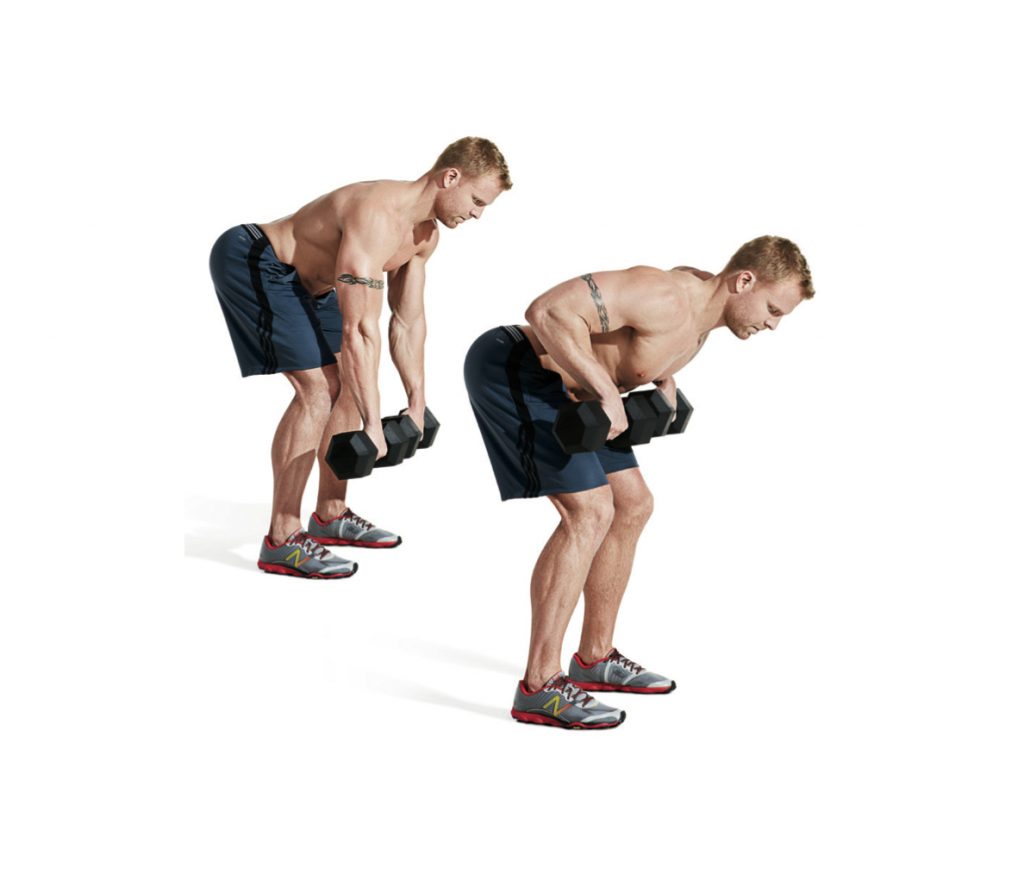
Lean forward with a dumbbell in each hand and bring your body parallel to the floor. After pulling the weights to your sides, slowly lower them.
Barbell Bench Press
While benching, pretend you’re snapping the bar. In this way, the wings are better activated as the shoulder blades are retracted.
Barbell Romanian Deadlift
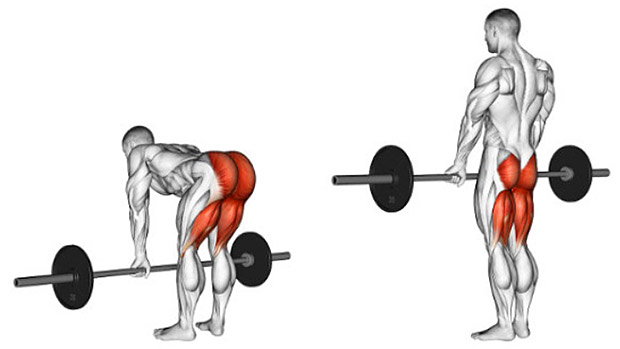
Keep your back straight. In order for the hamstring muscles to be fully stretched, the bar should not exceed the middle of the shinbones.
Horizontal bar
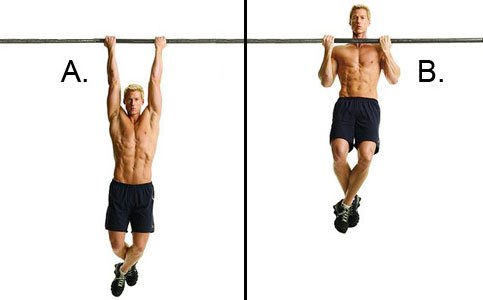
Before pushing, bring your shoulder blades together and let the lat muscles do the work instead of the trapezius.
Barbell Shoulder Press
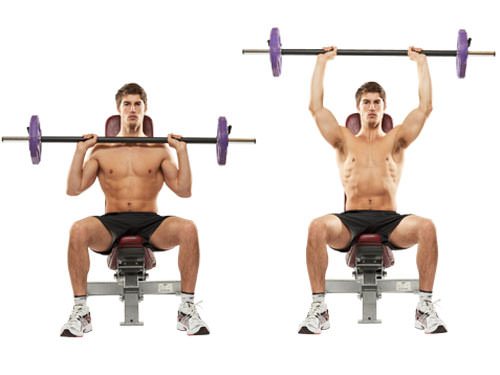
As you push the bar overhead, allow the elbows to open to the sides and push your head through your arms at the top of the movement.
“Your squat weight will naturally increase.” are you ready for this?
Walking Lunge
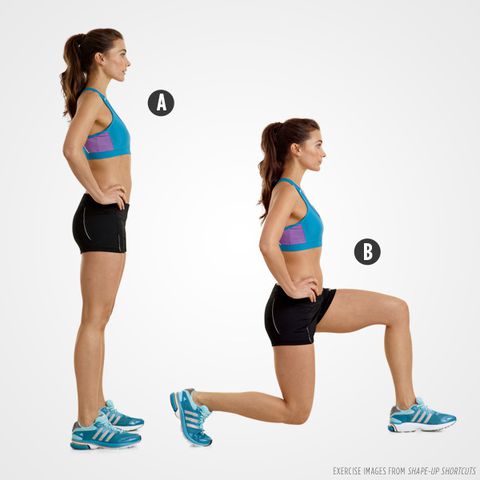
With a dumbbell in each hand, step forward until your front and back legs are bent at 90 degrees. Continue lunging with the other leg.
Bulgarian Split Squat
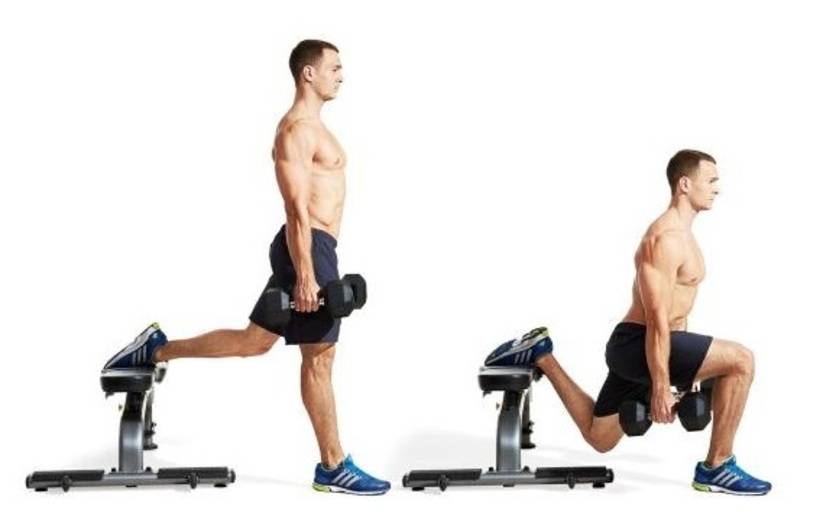
Holding the dumbbell in the goblet position provides a more comfortable descent and works the upper back better.
Personal Record-Breaking Guide
We are giving you tips that will help you break new records in the living room, gather around!
You stood firm for 30 days. Are you ready to test your strength now? Brandon Smitley, a powerlifter who holds the world record at 60 kilos and owner of Terre Haute Intensity Resistance and Sports Training gym, leads the way.
Start Fresh
4-5 days before your KR attempt, Smitley recommends limiting your workouts to 40 minutes, eliminating barbell movements, and working in the 15-25 rep range. “You speed up recovery by just focusing on the contractions and sending blood to the muscles,” he says. “Your strength will not decrease in a week, do not be afraid.”
Get Into the Carbo
The day before, Smitley recommends consuming 5 grams of carbs per pound of body weight. I say don’t eat all day long but manipulate your diet a little. “It is better to overeat than undereat because it is a factor that directly affects your performance,” he says.
Warm Up Properly
Make big jumps in your warm-up until the weight drops to half of your KR attempt. After that, work out one repetition and add 10% weight to each set. “So you break it off little by little,” says Smitley. “You don’t need to be sluggish, but your nervous system must be activated before you start working hard.” Make it single with 90%. If you’re comfortable doing it, go up to 95-97%. Then do your KR trial. “A 3% jump won’t do you any good.”



